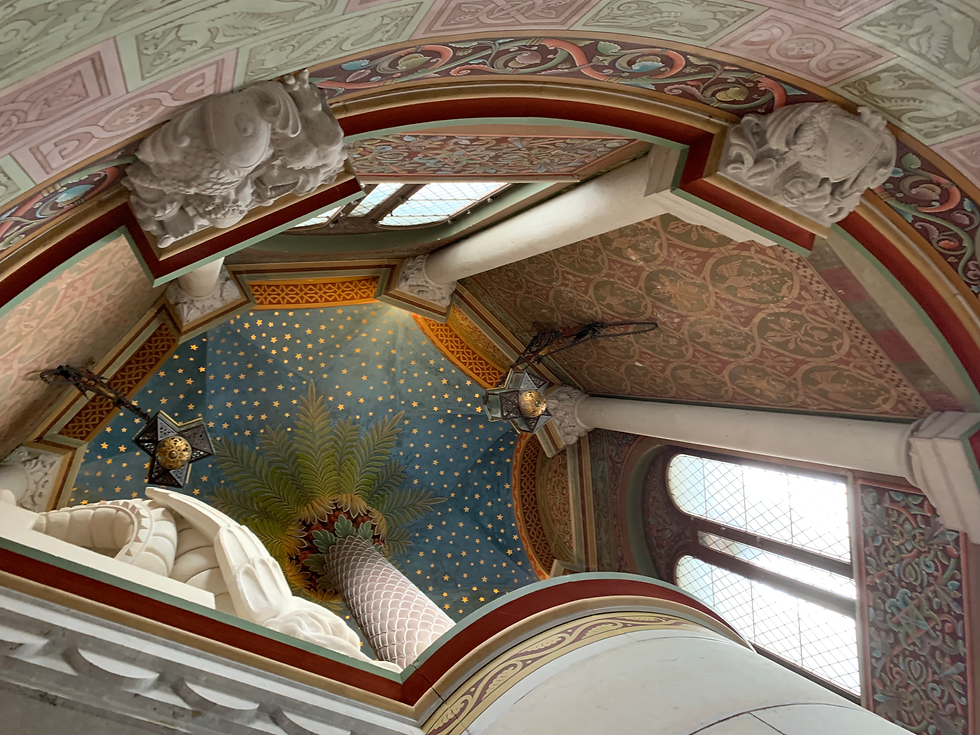Salvēte!
- theclassicsincolor
- Sep 26, 2023
- 2 min read
Updated: Sep 27, 2023
The Classics in Color has been an ongoing project of mine ever since I stepped into my first Latin classroom in sixth grade. I could not be happier to bring my organization online, even though I have dedicated this work to my passion for learning about antiquity. Let me begin by explaining why I have chosen the title "The Classics in Color" to underpin my focus of increasing POC representation in the study of ancient languages.
"Color" is a spectrum, reflecting the many different iterations, implications, and interpretations of the word itself. The multiplicity of the word "color" has always reminded me of the quality I see in many different Latin words: an ability to transcend the singularity of a definition by adapting to new contexts. "Color" is poetic without the lofty register that often closes off access to certain words and thus certain worlds. The framework of having more than one definition invites a sense of freedom into our discussion of language. I envision "The Classics in Color" as a forum for collaboration and constructive challenge because, similar to how the word "color" can be taken in many directions, I hope that the movement of which TCIC is a part has a ripple effect in all kinds of spheres, whether educational, related to classical reception studies, or in the way in which media frames the Classics.
I commit myself to raising awareness for and broadening the community of Classicists in Color, and I offer unconditional support to all other minoritized groups who have been historically underrepresented in the narrative of Classical studies. "Color" to me, first and foremost in the Classics, reminds me of my identity. I believe in equity as a means to equality in bridging this gap in demographic. I want to work towards a day in which students do not feel the need to question if it's "acceptable" for them to gravitate towards a certain field.
Vibrance, beauty, and liveliness quite literally jump out at me when I think of how we render "color" today. The ancient world was no different; although most sculptures that adorn Greco-Roman museum galleries are crafted in black and white, the narrative should be consistent: color was important to antiquity as it is to modern style, point of view, and understandings of the systems which surround us. "Color" is relevance. The emphasis with which color backs any art form demonstrates its power. Let's reclaim our power by striving for inclusion!
Thank you for reading my words, and I hope that you'll join this calling!
Valēte (for now; I'm already brewing with the next post),
Imaan




Comments